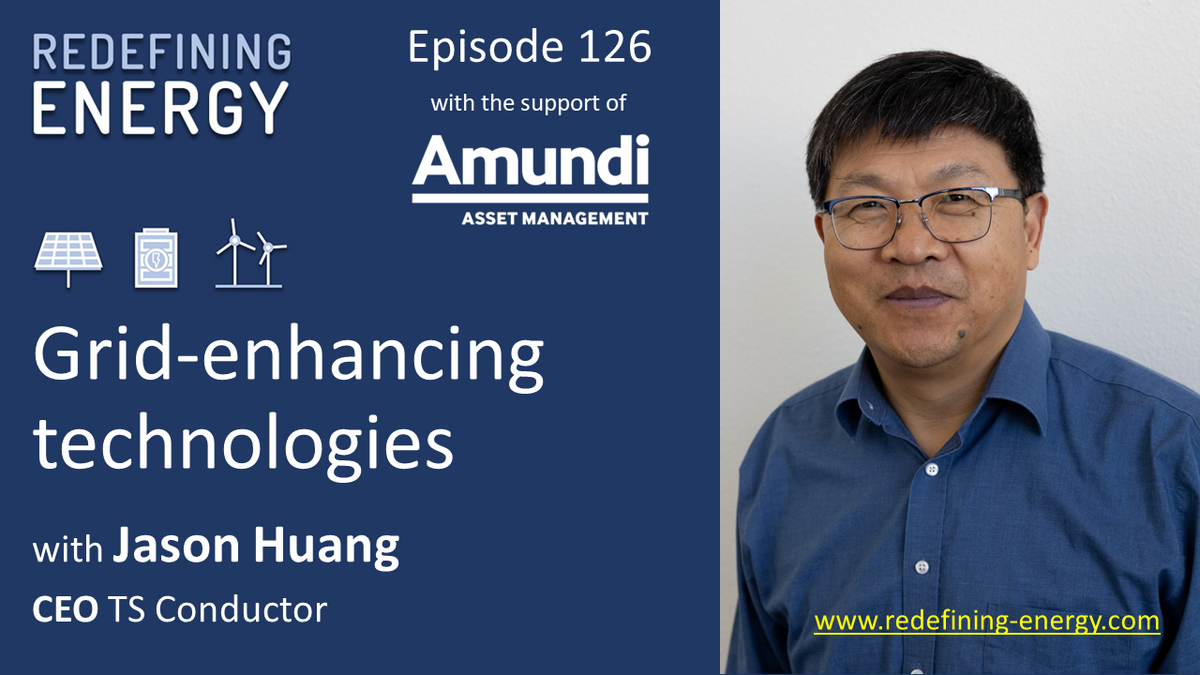The main hindrance to the development of renewables is the connection queue. Basically, grid operators tell developers “Sorry guys, we’re full”. A recent study by RMI has proven that this is simply not true. Grid operators are either too conservative or not incentivized to take more load. Old solutions. Old thinking.
Grid-Enhancing Technologies (GETs) are hardware and software solutions that are deployed within the existing transmission system, helping increase the capacity, flexibility, and efficiency of the current grid. They can perform functions such as rerouting power flows to avoid congested lines and providing data on real-time conditions that could enable more power to flow through a line when conditions allow — thus increasing our ability to best utilize the transmission infrastructure we already have.
But beyond a better digital management, new technologies of cables are emerging, incorporating the best Material Science has to offer. New conductor technologies could triple grid capacity with structures in the existing rights of way, while also reducing line loss by half.
To talk about GETs and new conductors, we bring in Jason Huang, Co-founder and CEO of TS Conductor Corporation. Jason is PHD in material science and started his career in the aviation industry, working on civilian and military programs such as A350 and F35.
TSConductor, supported by Breakthrough Ventures, NextEra and UK National Grid, is now rolling out a revolutionary new technology that will debottleneck the Grid and speed up the Energy Transition.
We thank AMUNDI for supporting the show
PS: 2nd minute – Laurent got “TO” wrong: it’s Topography Optimisation, not Technology Optimisation
RMI report
Amazon and AI











